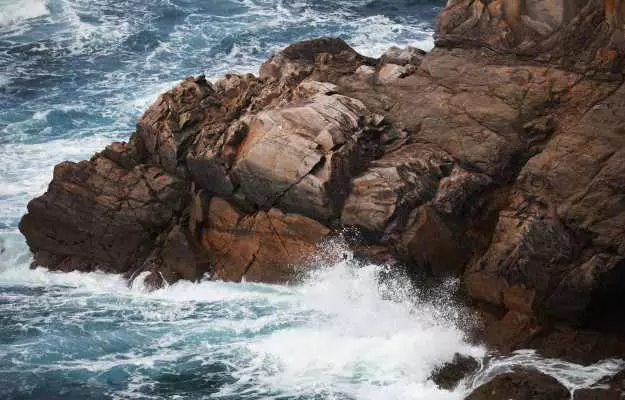Cyclones and storms hit the east coast of India annually. In 2020, the west coast also saw the worst cyclone in almost a century.
In these situations, cyclone preparedness is absolutely crucial—not just at the level of the government, but also private citizens.
For example, it is a good idea to have a natural disaster kit with hard hats, torches, batteries, face masks and a first-aid box in a backpack at home. This ready-to-use kit can be handy in any emergency.
There are also other things you can do, like secure any loose objects on your terrace, trim the trees and park the car in a garage if possible. Read on for more on being prepared for a cyclone and its aftermath.
Cyclones in 2020
It has only been a few days since cyclone Amphan lashed parts of West Bengal, Odisha and Andhra Pradesh on the east coast of the country and another is all set to make landfall, this time from the west coast. India is gearing up for cyclone Nisarga which by many estimates wasn't going to be of the same intensity as Amphan, but would gather more force as it closes in.
The Indian Meteorological Department (IMD) has put the coastal regions of Maharashtra and Gujarat on red alert as cyclone Nisarga prepares to reach the Indian coastline on 3 June. The cyclone, which has intensified into a full-blown storm, is believed to be a result of a deep depression in the Arabian Sea—it is reported to be the worst of its kind to hit the western part of the country in nearly 100 years.
Heavy rains and winds with speeds of up to 120kmph have already hit parts of Maharashtra at the time of writing. The financial capital, Mumbai, may see damage to life and property. Authorities have relocated at least one lakh people to safer areas due to the threat issued by the authorities, many of whom are believed to be COVID-19 patients as well.
Natural disasters such as cyclones have often brought with them not the only destruction of life and property, but also higher risks of infections and disease outbreaks. Cyclone Amphan, which hit the eastern coastline of the country less than two weeks ago was an indicator of the destruction a cyclone can cause, and states in the western part of India could surely take note to be able to prevent large-scale destruction with measures to control deaths, injuries and other accidents the cyclone poses as a threat.





























